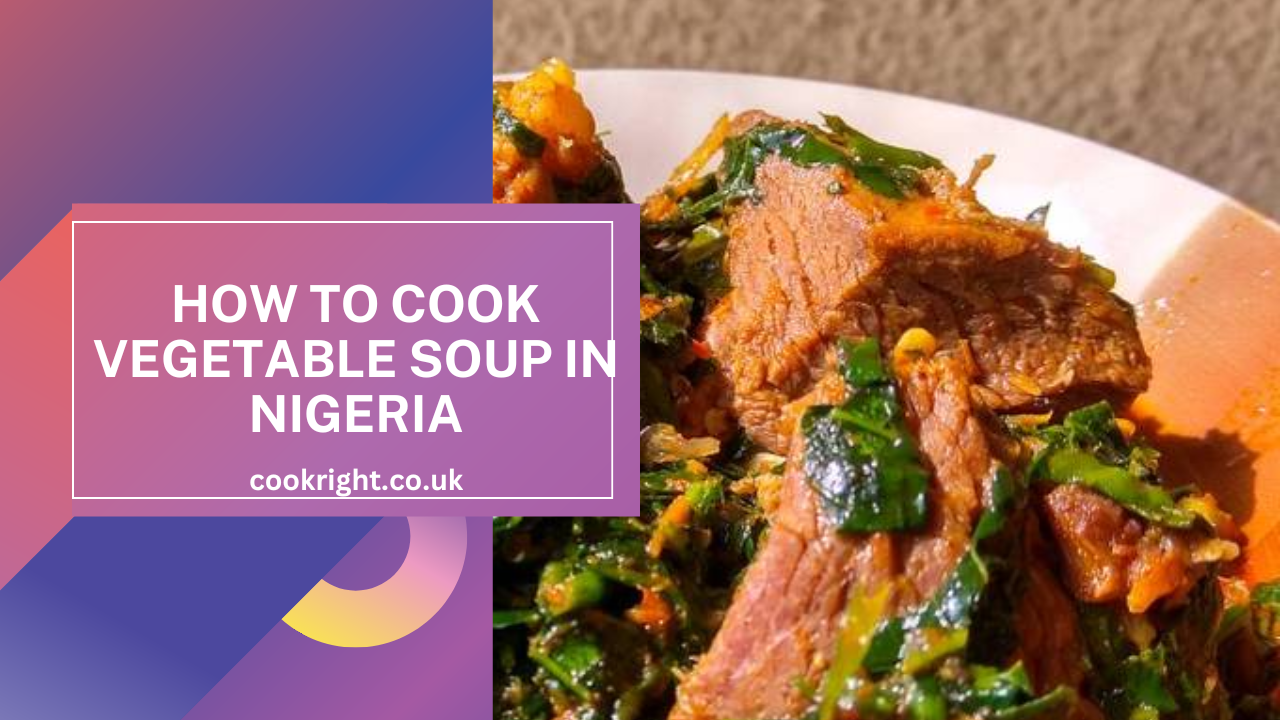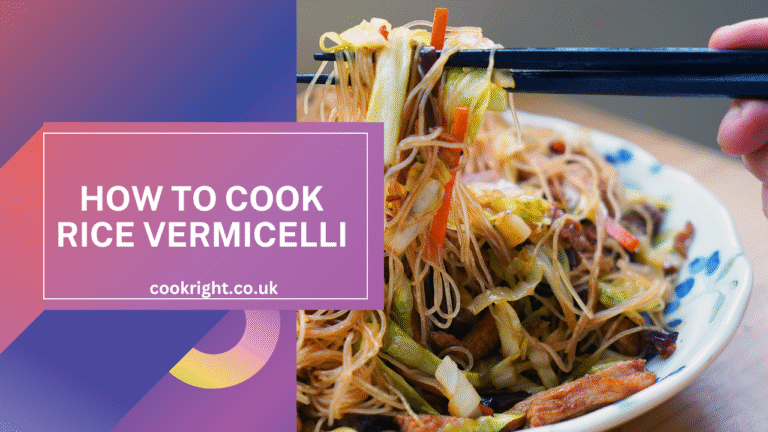There’s something incredibly comforting about a bowl of homemade vegetable soup. It’s the kind of dish that wraps you in warmth, whether you’re battling a cold, craving something healthy, or just need a hug in a bowl. Making vegetable soup from scratch might sound intimidating, but it’s actually one of the easiest and most forgiving dishes you can whip up in your kitchen. Plus, it’s a great way to use up those veggies sitting in your fridge. So, grab a spoon and let’s dive into the delicious world of homemade vegetable soup!
Why Vegetable Soup?
Before we get into the nitty-gritty of making it, let’s talk about why vegetable soup should be a staple in your recipe rotation:
- Healthy and Nutritious: Packed with fresh vegetables, it’s loaded with vitamins, minerals, and fiber. It’s a great way to sneak in more veggies, especially for picky eaters.
- Budget-Friendly: You can make a big pot with affordable, basic ingredients you probably already have. It’s also perfect for using up any leftover vegetables.
- Customizable: The best part about vegetable soup is that you can customize it based on what you have on hand or your taste preferences. Don’t like carrots? Skip them! Want to add some beans for extra protein? Go for it!
- Great for Meal Prep: It stores well in the fridge and freezer, making it perfect for meal prepping.
Alright, enough with the chit-chat. Let’s get cooking!
Ingredients You’ll Need
Here’s a basic list to get you started, but feel free to get creative:
- Olive Oil: For sautéing the veggies. You can also use butter for a richer flavor.
- Onion, Garlic, and Celery: These are your soup’s flavor foundation. Don’t skip them!
- Carrots and Potatoes: For heartiness and a little bit of sweetness. Potatoes also help thicken the soup slightly.
- Zucchini and Bell Peppers: They add color and texture. Plus, they cook quickly.
- Canned Tomatoes: They add acidity and depth. You can use diced or crushed tomatoes, whichever you prefer.
- Broth or Stock: Vegetable broth keeps it vegetarian, but chicken broth works if you’re not strict about it. Use low-sodium if you want more control over the seasoning.
- Herbs and Spices: Think bay leaf, thyme, oregano, and maybe a pinch of red pepper flakes if you like a bit of heat.
- Salt and Pepper: To taste. Don’t be shy, but remember you can always add more, so start with a little and adjust as you go.
- Fresh Spinach or Kale: Stir these in at the end for a burst of green and extra nutrients.
Step-by-Step Guide To Cook Vegetable Soup In Nigeria
- Prep Your Vegetables: Chop your onions, mince the garlic, dice the carrots, celery, potatoes, zucchini, and bell peppers. The smaller your dice, the faster they’ll cook.
- Sauté the Aromatics: Heat a large pot over medium heat and add a couple of tablespoons of olive oil. Throw in the onions, garlic, and celery. Cook them until they’re soft and the onions are translucent. This should take about 5 minutes. This step builds the flavor base, so don’t rush it!
- Add the Hearty Veggies: Next, add in your carrots and potatoes. Stir them around to coat them in the oil and aromatics, letting them get a bit of color—this step adds depth to your soup.
- Pour in the Tomatoes and Broth: Add the canned tomatoes and pour in your broth. Bring it to a boil, then reduce the heat to a simmer.
- Season the Soup: Add your herbs, spices, salt, and pepper. Don’t go overboard with the salt at this stage because the flavors will concentrate as the soup simmers.
- Simmer Away: Let the soup simmer on low for about 20-25 minutes, or until the potatoes and carrots are tender when pierced with a fork.
- Add the Quick-Cooking Veggies: Stir in the zucchini and bell peppers. Simmer for another 5-10 minutes until they’re just tender but still vibrant.
- Finish with Greens: If you’re adding spinach or kale, toss them in now and stir until they wilt. This only takes a couple of minutes.
- Taste and Adjust: Give your soup a taste. Does it need more salt? A bit more pepper? Maybe a squeeze of lemon juice to brighten it up? Adjust as needed.
- Serve and Enjoy: Ladle your vegetable soup into bowls, maybe sprinkle a bit of fresh parsley on top if you’re feeling fancy, and serve it with some crusty bread on the side.
Tips for the Best Vegetable Soup
- Don’t Skip the Sauté: This step isn’t just about softening vegetables—it’s about building a deep, flavorful base.
- Layer the Flavors: Adding vegetables at different stages ensures that each veggie retains some of its texture and doesn’t all turn to mush.
- Season Gradually: It’s easier to add salt than to take it away. Season your soup in layers as it cooks and taste often.
Storing and Freezing
Vegetable soup stores well in the fridge for up to 5 days. For longer storage, freeze it in airtight containers for up to 3 months. When reheating, you may need to add a splash of broth or water as it tends to thicken as it sits.
Make It Your Own
This recipe is just a blueprint. Want a protein boost? Add beans, lentils, or cooked chicken. Need more flavor? A splash of vinegar, a spoonful of pesto, or a sprinkle of parmesan can elevate your soup instantly. Feel like making it creamy? Blend half of the soup and stir it back in, or add a swirl of cream or coconut milk.
Cooking vegetable soup is more of an art than a science. So grab your favorite veggies, start chopping, and let the soup pot work its magic. Trust me, your future self will thank you for having a pot of this cozy goodness waiting on the stove. Happy cooking!




